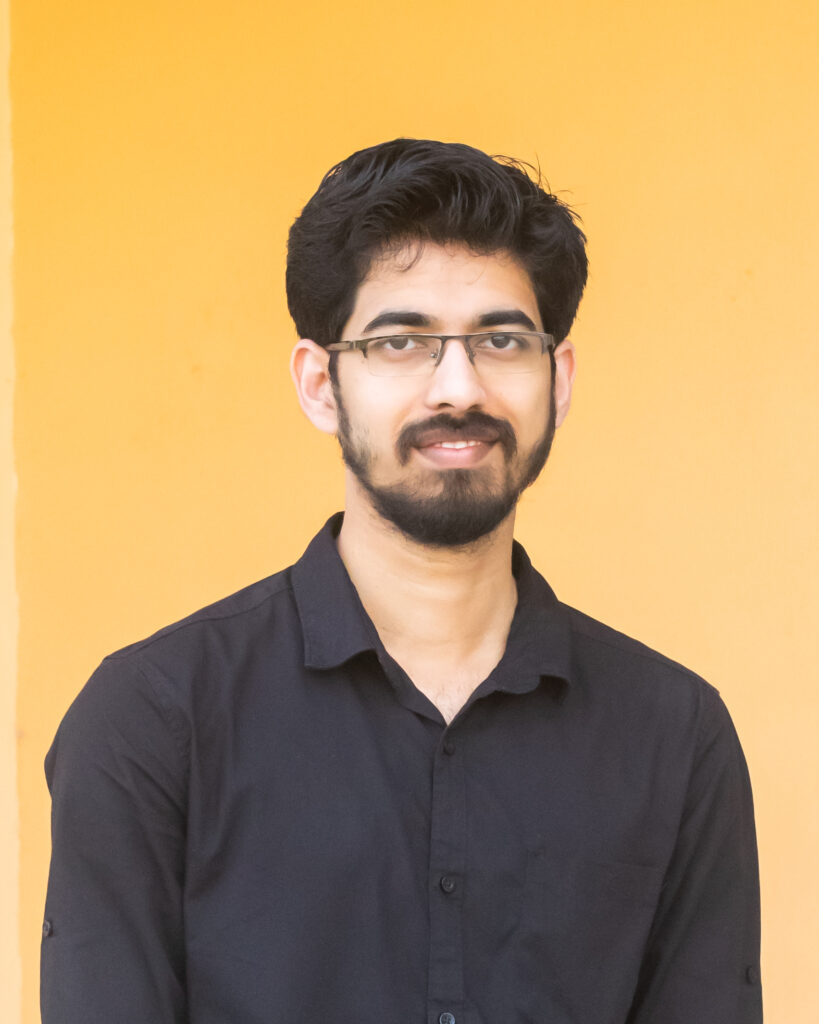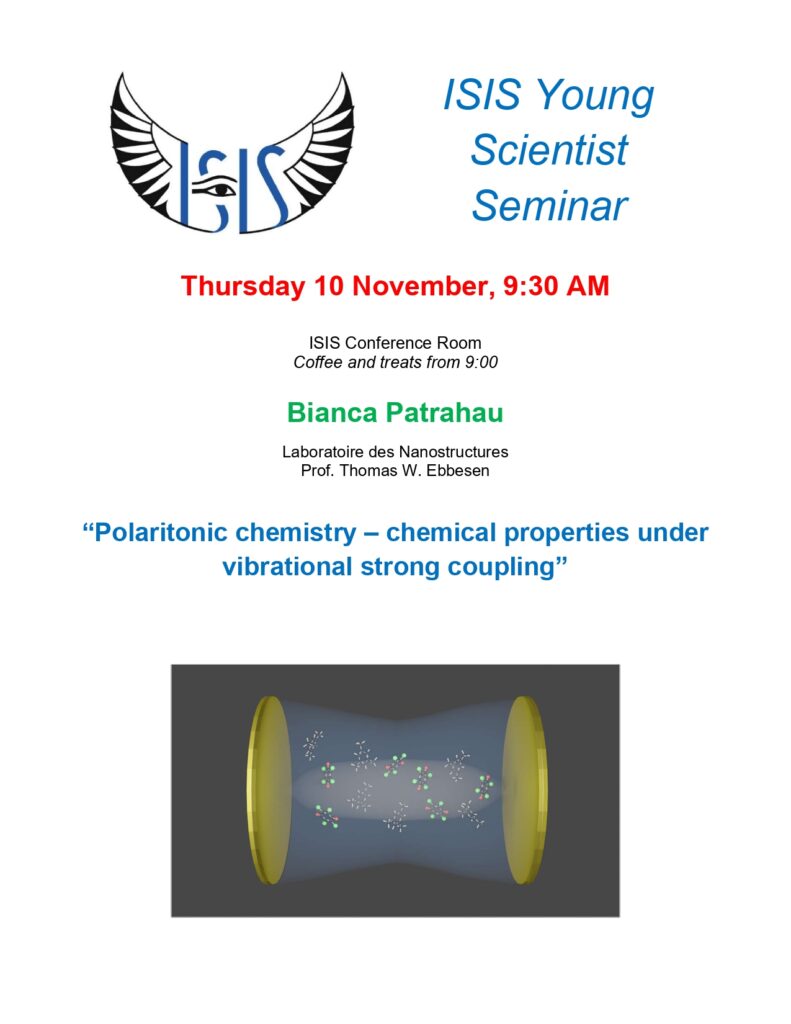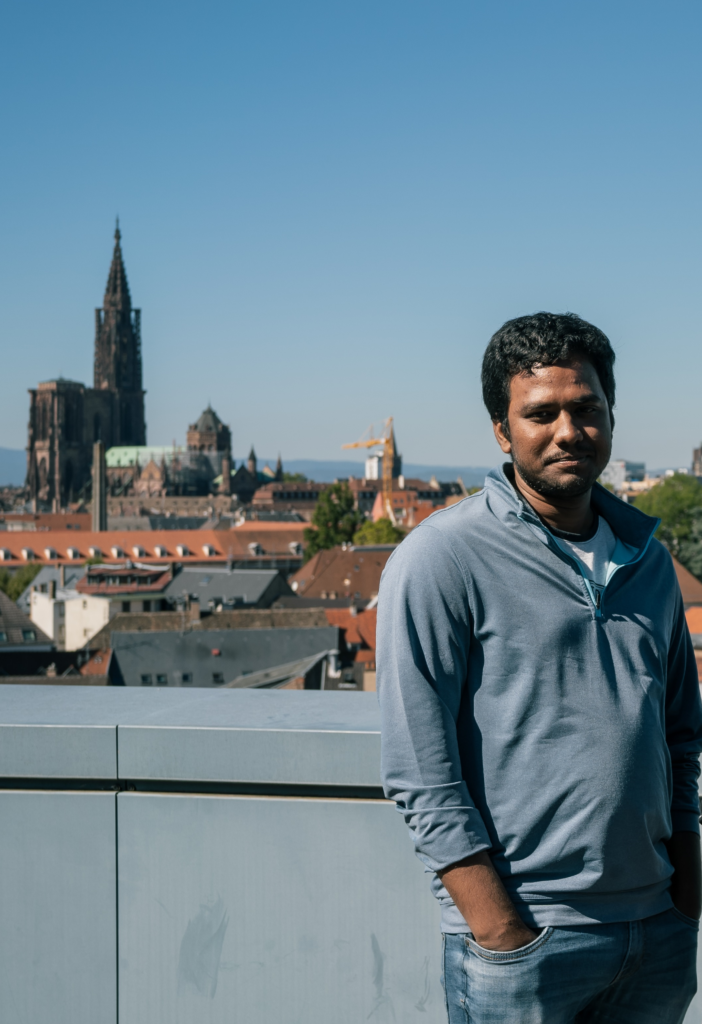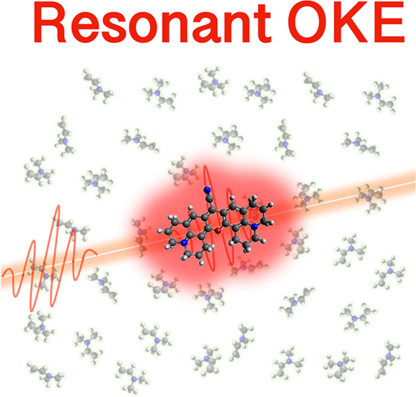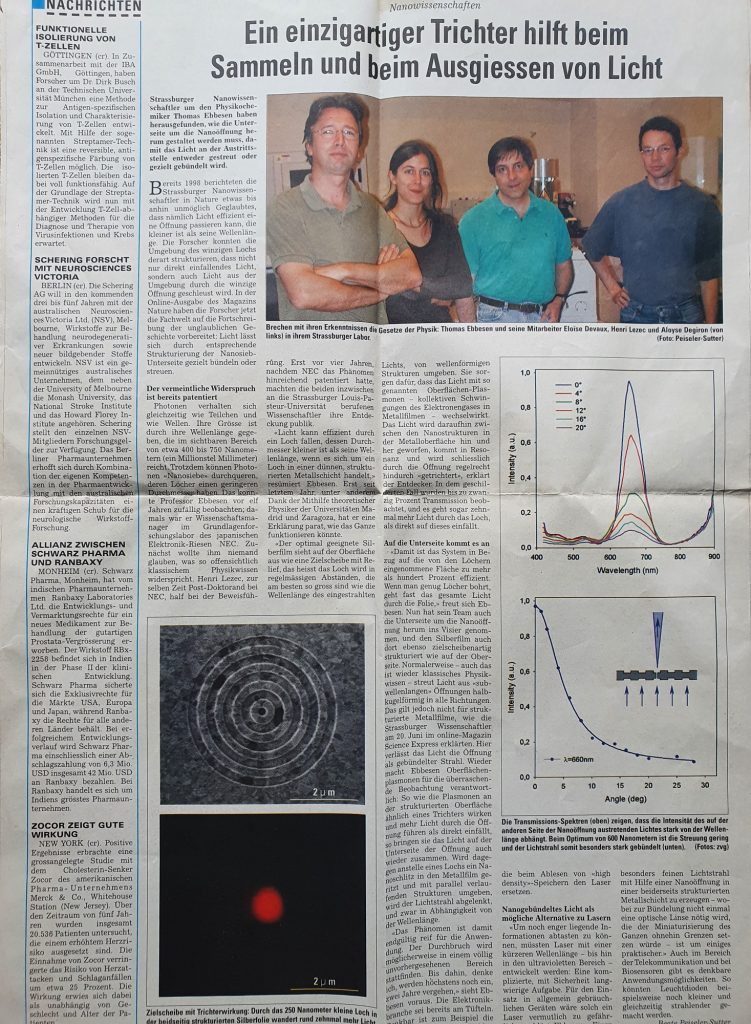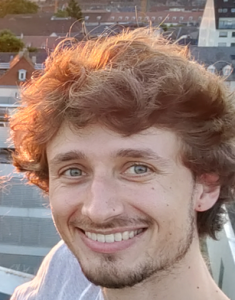Since one week, we have the pleasure to have a new postdoctoral researcher among us, Dr Sujith Meleppatt. Sujith comes from Kerala, at the very south of India, and did his master in chemistry in Calicut. Then he continued with a phD at IISER Thiruvananthapuram, studying the chirooptical properties of molecules and nanomaterials under the supervision of Pr Georges Thomas. Welcome to him !
Bianca’s seminar
Ce n’est qu’un au revoir….
After the recent phD defenses, two more freshly graduated students left the lab for continuing their postdoctoral studies in the Netherlands :
– Jérôme Gautier was hired as postdoctoral researcher at AMOLF, Amsterdam, in the group of, Erik Garnett, Nanoscale Solar Cells
– Kripa Joseph, after a break in India, will start her postdoc in a few weeks in Eindhoven University of Technology, in Bert Meijer’ group.
Both of them spent more than 4 years among us, as they started as master students and were highly appreciated for their dedication in their research projects, but also for their human qualities. No doubt that they will succeed in their new positions and we wish them all the best !
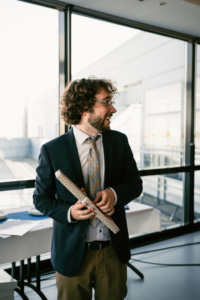
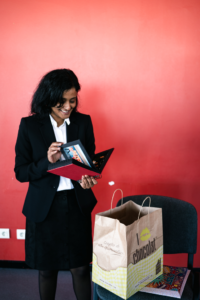 Jérôme and Kripa after their phD defense (Photos Minghao Li)
Jérôme and Kripa after their phD defense (Photos Minghao Li)
One more departure…
After two years in the lab, our colleague Sudipta Saha left this week-end for a new postdoctoral position in the group of Pävi Törmä, in Aalto University, Finland. If he continues like this, next one will be on Svalbard islands… More seriously, Sudipta contributed efficiently to the projects he was involved in, in particular the tricky setup of a new Mueller experiment in the UV, and we will miss his competences, but also his constant good mood and his smile. Good luck to him !
Let’s rock solute
Our most recent publication appeared one week ago, in the “ASAP” section of Journal of Physical Chemistry Letters. In this work, we have developed a ROKE (resonant optical Kerr effect) spectroscopy setup to monitor the reorientational relaxation time of a solute molecule into a solvent, with a high accuracy and sensitivity. The key experimental factors were to tune the pump and the probe laser beams to the resonant wavelength of the solute, in order to amplify the signal, as well as the heterodyne detection, allowing to determine the relaxation time accurately. The accepted version can be downloaded from our publications page.
20 years ago…
… a swiss journal, Chemische Rundschau, interviewed Thomas Ebbesen after the publication of our paper in Science review. At that time, we were a very small team, located rue de l’Université in the old building of Physics Faculty, as ISIS building was under construction. This is probably our first group picture ever and founding it back on my shelves gave me the idea to create a page for our old group pictures. Have fun !
Bem-vindo Arthur !
It will soon be three weeks that we have the pleasure to welcome a new brasilian student in the lab, Arthur Fonseca. He is currently doing a phD at the Physics Institute of the Federal University of Rio de Janeiro, under the supervision of Pr. Paulo Maia Neto. He is doing experimental and theoretical studies on vortex beams and light-matter interaction in optical tweezers. Arthur will stay 6 months among us, welcome to him !
Jamais deux sans trois
Next Thursday, the 29th of September at 9am, it will be the turn of Rémi Goerlich to have his phD defense, that will again take place in the conference room of ISIS. His work, entitled
“Optical control of Brownian diffusion : from bath engineering to quantum analogues”
was supervised by Dr Giovanni Manfredi, IPCMS, and Dr Cyriaque Genet. The day before, Wednesday 28, at 2pm, there will be a minisymposium on brownian motion at IPCMS, please see the flyer for more information.
Double defense
This week, two phD students of the group will be defending :
- On September 22, 9am, Kripa Joseph, who worked under the supervision of Pr Thomas Ebbesen, will start with her defense entitled
“Conductivity and supramolecular assembly under light-matter strong coupling”
- On September 23, 9am, Jérôme Gautier, who has been supervised by Dr Cyriaque Genet and Pr Thomas Ebbesen, will follow with his own defense entitled
“Effect of chirality in strong light-matter coupling ”
Both defenses will take place in the conference room of ISIS and will be followed by a small reception in the salle Vasconi, 6th floor of ISIS, at lunch time. Don’t forget the mini symposium inbetween, on September 22 afternoon.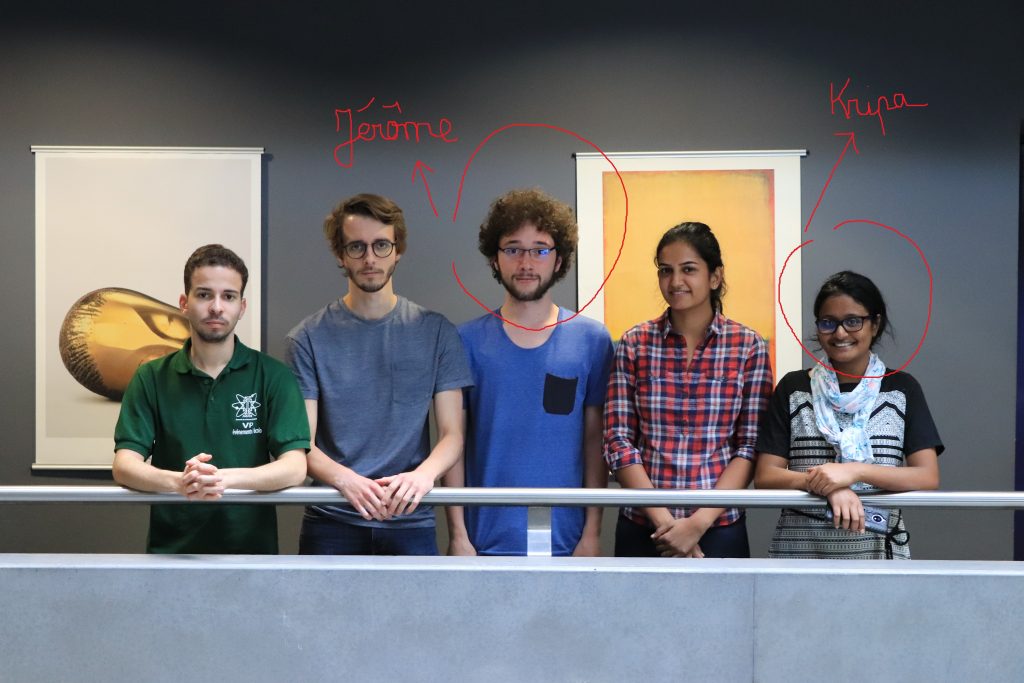 Kripa and Jérôme when they were newbies first arrived in the group, 4 years ago…
Kripa and Jérôme when they were newbies first arrived in the group, 4 years ago…
Mini symposium on light-matter coupled materials
Next Thursday, September 22, we organize a (mini) symposium on light-matter coupled materials that will take place at 2pm in the salle de Conférences of ISIS, with the following speakers :
- 2pm, Prof. Joël Bellessa (University of Lyon, France) : “Extended hybridization and energy transfer in multimaterial polaritonic metasurfaces”
- 2.45pm, Prof. Tal Schwartz (University of Tel Aviv, Israel) : “Entangling Electromagnetic Modes by Mutual Coupling with Molecules“
(3.30pm Coffee break)
- 3.45pm, Prof. Abraham Nitzan (University of Pennsylvania, USA): “Molecules in optical cavities: Electron transfer and transmission, Polaritons, vibrational strong coupling and collective response“
- 4.30pm, Dr. Aloyse Degiron (University of Paris Cité, France): “Opportunities for optoelectronics with colloidal nanocrystal assemblies weakly coupled to their environment”
For more details about the talks, you can download the program here.

